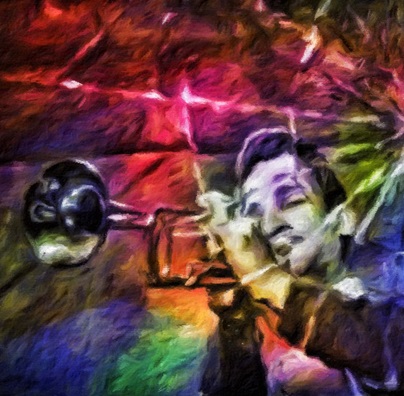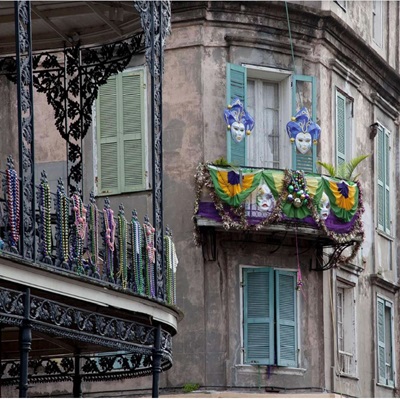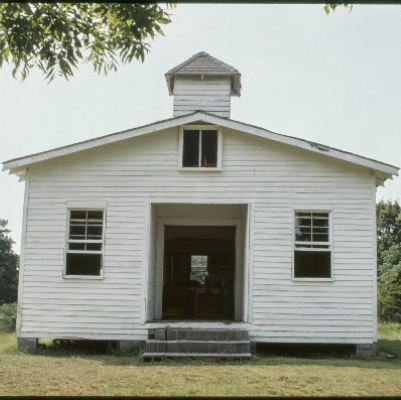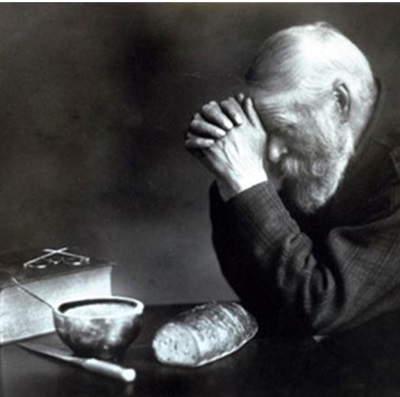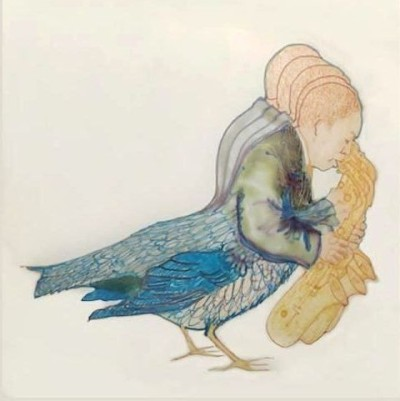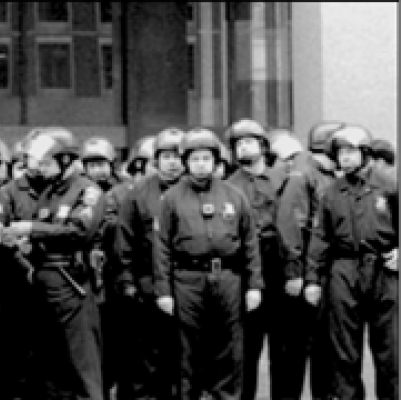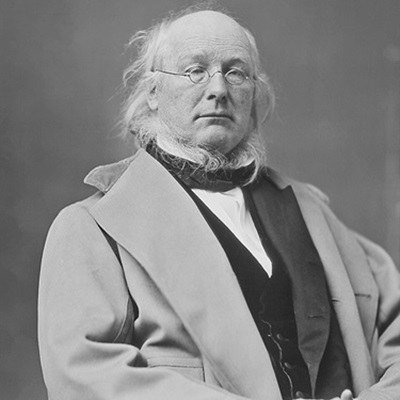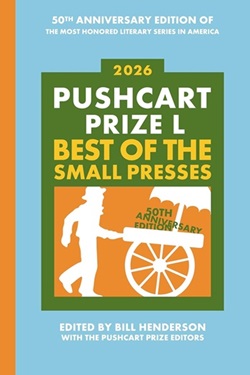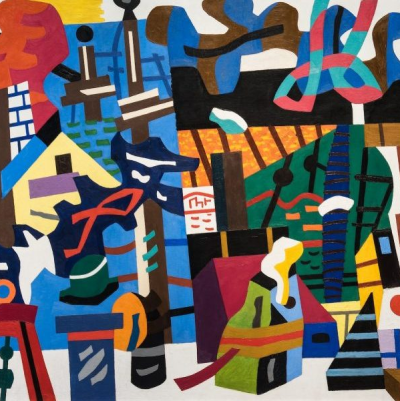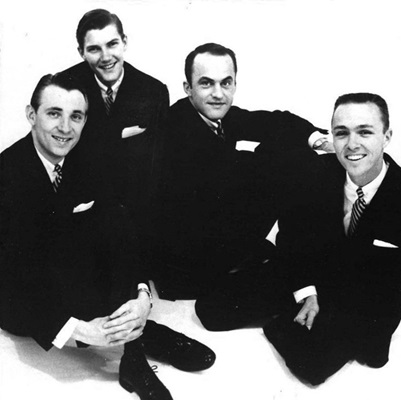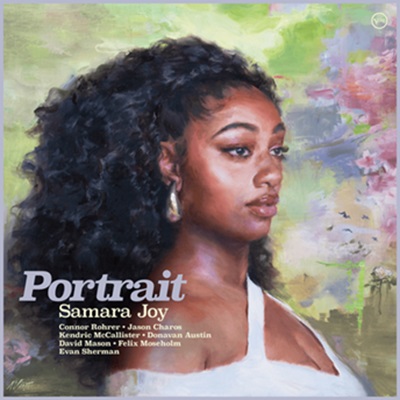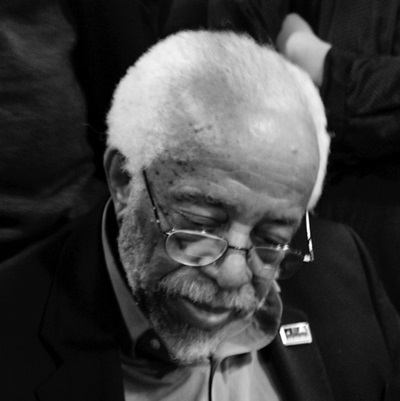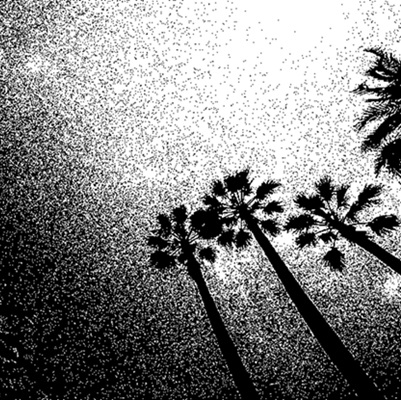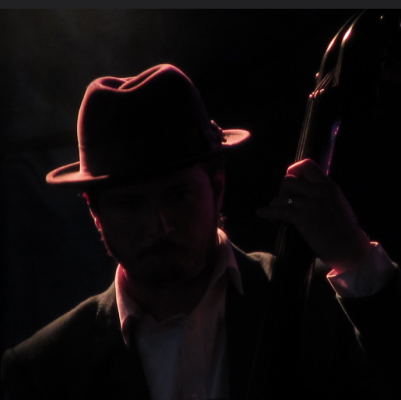There is no such thing as the greatest LP/CD/Musician/Composition etc.
There are great CD’s, great recordings, great musicians but no greatest..
The adjective “greatest” does not apply to any person or their works.
These are some of my “Favorite” recordings:
1) “Flying Home” — Art Tatum, Slam Stewart on bass and Tiny Grimes on guitar.
2) “Take The “A” Train” — Duke Ellington
3) “Body and Soul “– Nat Cole and Lester Young
These are five out of hundreds of great recordings that come immediately to mind.
FIVE FAVORITE CD’s:
Glenn Gould, J.S. Bach, Goldberg Variations; Columbia ML 5060
Here is a recording I have cherished for some forty years. The youthful vigor and linear clarity which Gould brings to bear on the music are revelatory. For the first time I was able to begin appreciate the compositional genius of these variations and how Bach looks ahead to devices later exploited by musicians from Brahms to the beboppers.
Stravinsky, The Rite of Spring (Virgin Classics VCK 7 91511 2)
Although I own five recordings of this masterpiece, including two compelling ones conducted by Pierre Boulez, I find that my top choice is the version by Kent Nagano and the London Philharmonic . The rhythmic precision and vigor, particularly on the part of the brass and percussion sections, contribute to an electrifying performance.
The Complete Louis Armstrong and Duke Ellington Sessions (Roulette CDP 7938442)
I love everything about this album; everyone is fired up. The synergy is there throughout, whether between Louis and Duke, and certainly in the exchanges with the clarinet of Barney Bigard or the trombone of Trummy Young. Textures and timbres in numbers like “Mood Indigo” or “Black and Tan Fantasy” really stand out for me.
Thelonious Monk Quartet with John Coltrane at Carnegie Hall (Blue Note Records 0946 3 35173 2 5)
Like virtually all other members of the jazz community, I have come to treasure this recently released Voice of America recording from 1957, with Monk and Coltrane at the peak of their powers.
Philip Glass, Koyaanisqatisi (Nonesuch 79506-2)
As a long-stranding admirer of the music of Philip Glass, I find this score composed around 1981 for Godfrey Reggio’s film especially compelling. With its title in the Hopi language and a series of images about “life out of balance,” the movie has proven to be prophetic of what has now come to be widely known as global warming, not to mention the release of An Inconvenient Truth by Al Gore.
______________________________________________________________________________
Piano Starts Here — Art Tatum
Kind of Blue — Miles Davs
Sgt. Pepper’s Lonely Hearts Club Band — The Beatles
Amoroso — Joao Gilberto
The Atomic Basie — Count Basie
A few years ago, I recall that Elvis Costello — a modern-day Marco Polo in the world of music — satisfied a request for his top albums by upping the number to 500. And still he seemed to bristle at the idea of leaving anything out.
Five greatest? Give me a break. Music don’t work like that, and neither do I. I am fickle. My sense of musical proportion shifts constantly and not smoothly either. I change in fits and starts. What was my #1 just last week is in the discard pile today. My rarely played Best of Spirit is suddenly glued to my turntable. Or Weather Report’s Mysterious Traveler. Or a live Maceo Parker CD.
Well — if I must, let me do this fast. At roughly 7:30pm, June 8, 2006, and in no relative order, I submit:
Blind Willie McTell; The Early Years, 1927-1933 . Less stark and lonely than the more celebrated Delta blues of Robert Johnson, McTell’s 12-string guitar and richly Southern-accented voice point back to a time when blues was but one shade on a palette of musical styles all vying for primacy in the world of Southern black music: ragtime, spirituals, reels, hollers, and two-steps. McTell’s fingers deftly handle the rhythmic and melodic nuances among them all. Every tune on this album is a revelation, including a hopping juke-joint party-starter (“Stomp Down Rider”), a local blues destined to become a Southern rock anthem (“Statesboro Blues”), a lookin’-for-lovin’ bit of fun (“Warm It Up to Me”), and one of most achingly beautiful portraits of a heart caught in mid-break (“Love Changin’ Blues”.)
Earl Hines; Once Upon a Time. Of course, I’d have to pick one from the Impulse Records catalog, Impulse being the subject of my latest book. I spent a lot of time listening to albums that bore the orange-and-black colors. This gem from 1966 has many stories behind its making: Hines’s recent rediscovery in San Francisco; liner notes referencing the the crippling NYC strikes of that year. Musically, the disc matches Hines with Duke’s flawless band of that time with, surprisingly, Coltrane’s fiery drummer Elvin Jones! The rich, flowing arrangements — especially the title track and Ellington’s “Black & Tan Fantasy” — swing as if the musicians know they’re the hippest thing going. The music still sounds crisp and modern. Ray Nance’s vocal on “The Blues in My Flat” is itself worthy of a rediscovery.
The Codetalkers; Now. Second album for this trio from the Southern jam band scene, with Atlanta its home. But this band’s more about songs than jams: funny, quirky songs that play with the funk like Frank Zappa or Primus would. The singer Bobby Lee Rodgers: had a grandmother who lived across the street from James Brown in Augusta; taught at Berklee for a bit; and plays his lead guitar through a rotating Leslie speaker hoping to combine that old soul-jazz guitar-organ formula into one. The songs are fun and funny — including “Ike Stubblefield” (about the Atlanta organ phenom and a brother to funk drummer Clyde), “Sagittarius Face” (great use of the snarl in Rodger’s voice), and “Million Dollars” (stringing together homegrown wisdom and other asides from a famed Southern rock impresario and scene-maker). Band name comes from Sun Ra by the way — from his Book of Information.
The Beatles; Revolver. What’s the best part of a wave: that initial swell? The crest? The crash? With the Beatles, it’s a tough call. The rate at which the band progressed through the mid-’60s was uncanny — each successive album expanded the expectation of what a pop song should do or say. They rethought song topics, song structures, and what sounds belonged on a song. This is the album that captures the four young maestri reaching full maturity in the recording studio: crisp guitar textures; spot-on harmonies; lyrics that can be dreamy and lugubrious or snarl and snap. Mood and message are filtered through words of poetic grace, at times suggesting hidden meanings: “And Your Bird Can Sing”, “Dr. Robert”, “I’m Only Sleeping”, “Got to Get You Into My Life”, “Eleanor Rigby”. The songs reveal a rare understanding for a bunch of lads just starting their mid-20s.
Nina Simone; Wild is the Wind. This mid-’60s release captures the still young Nina in her prime, balancing Broadway, blues, and jazz standards, along with songs of social protest and reality — like “Four Women” and “Break Down and Let it All Out.” Her voice is strong and soulful, her piano-playing spry and assured, her recordings feature one of the best bands of her career along with top sessionmen. Of all the hard-swinging and artfully arranged material on this set, the emotional release of the title track, “Either Way I Lose,” and sublime rendition of “Lilac Wine” collectively mark this as Simone’s most completely rendered album from the period when the Queen was still wearing evening gowns.





